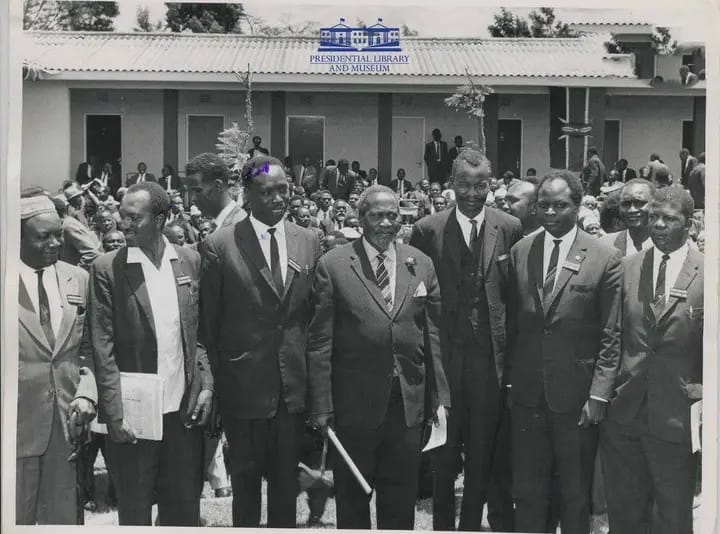
March 1, 1966 began like any other political Sunday, except this one was baptized “Black Sunday” not because of rain, but because betrayal was on the national menu. At Limuru, under the smiling sky of Kiambu, President Jomo Kenyatta presided over what was supposed to be a mere KANU party conference. The agenda was constitutional amendments, but hidden inside those amendments was a dagger wrapped in paper — the abolition of the post of KANU Deputy President. That office, unfortunately, was being occupied by Jaramogi Ajuma Oginga Odinga, Kenya’s Vice President, comrade in detention, and former “No independence without Kenyatta!” crusader. It was as if the man had dug his own grave and brought his shovel to the meeting. Odinga had once declared Kenyatta next to God. Now, that “God” was about to delete him from history using the very pen he had helped buy with liberation sweat. Behind the dirty curtains, another actor sharpened his political scalpel — Tom Mboya, the brilliant but cold-blooded KANU Secretary-General. He and a few of Kenyatta’s loyalists had been working overtime to “neutralize” Odinga, the man they now saw as a socialist distraction in their capitalist paradise. Odinga wanted land reforms and equality; Mboya wanted stability and foreign investors. Kenyatta wanted Odinga silent. So they devised a masterpiece of betrayal disguised as a constitutional clean-up, splitting Odinga’s office into eight weaker positions, each representing the provinces. Ronald Ngala, once Kenyatta’s fierce pre-independence opponent, was roped in to give the operation legitimacy. He chaired a meeting to collect 100 signatures calling for the Limuru Convention. The ink was barely dry when Mboya changed the venue of meetings: the parliamentary grouping moved to Harambee House on Friday, and the ministers and party branch representatives to Limuru on Saturday. So on March 13, 1966, the conference hall was thick with power perfume and betrayal cologne. Kenyatta sat like a king, while Mboya, pen in hand, looked like a prosecutor. The delegates voted 86 in favor of the amendments, two against. Democracy had spoken. Odinga protested, suggesting they postpone implementation for more discussion. Kenyatta’s response was swift and dry: “A postponement would defeat the purpose of the conference.” That Luo man, with his pride intact but heart bleeding, stood up and walked out. Bildad Kaggia and Munyua Waiyaki followed him, men brave enough to walk with a political dead man. But before leaving, Odinga turned to the trio of political architects — Tom Mboya, Omolo Agar, and Argwings Kodhek — and in Dholuo, he whispered a prophecy that would haunt them all: “I can see you people pushing me out of government and KANU, but be assured these people won’t let you eat.” In Luo, it was a premonition. History later confirmed that none of those men lived long enough to enjoy the power they had helped secure. Three weeks later, Odinga made it official — he resigned as Vice President and walked out of KANU to form the Kenya People’s Union (KPU). After Limuru, the political romance between Kenyatta and Odinga turned into an open cold war. Kenyatta’s men painted Odinga as a communist, a man who wanted to hand Kenya to Moscow. Odinga, on the other hand, accused the government of turning independence into inheritance. The rivalry climaxed in October 1969 in Kisumu, when Kenyatta visited Odinga’s political backyard. Stones flew, bullets answered, and innocent blood was lost.

